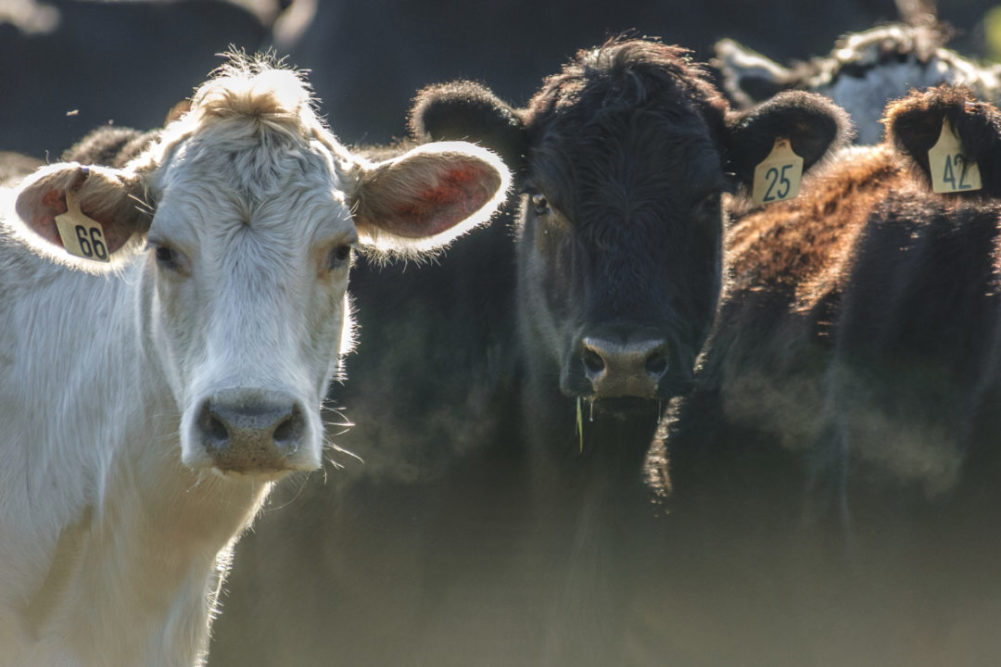UTRECHT, NETHERLANDS — After a noteworthy year of record-breaking highs in beef exports in 2022, a new report from Rabobank suggests that 2023 will entail softened consumer sentiment and weaker beef prices. The Global Beef Quarterly report for the first quarter of 2023 notes a couple major developments in the global beef market to look out for.
“Consumer sentiment weakened in late 2022, leading to a softening in beef pricing that has flowed through into early 2023,” said Angus Gidley-Baird, senior analyst of animal protein at Rabobank. “While the supply of beef should remain favorable for prices, consumer confidence will continue to be a key factor in determining beef returns.”
The United States set records in terms of value and volume in 2022, but due to contraction in production, those numbers are slowing.
“The beef cow inventory has dropped to the lowest point since 1962, and feedyard inventories are showing a decline,” Gidley-Baird said. “This is expected to cause a redistribution of global beef supplies and an overall tightening of the market.”
Other than keeping an eye on US beef supply, Rabobank said stakeholders should be aware of China, as it will be a more prominent player in the market after COVID-19 lockdowns. While other countries lifted most restrictions from the pandemic by 2022, China continued to experience disruptions from the virus in addition to a slowing economy. Rabobank predicts Chinese demand for beef will pick up in the second half of the year, which will boost global beef prices.
With new technology like portable ovens and cookers, there has been a rise in retail beef sales, where the main channel for beef has traditionally been foodservice. This trend and the rapidly growing pre-prepared dish market has Rabobank expecting increased beef consumption in China.
In 2022, China upped its beef imports by 15% to 2.68 million tonnes. It became a top-three US beef export destination. However, with the decline in US supply, growth in exports will likely slow, leaving room for more trade from Australia.
“Australia’s volumes will likely lift as prices ease, further supported by the potential increase in demand for chilled products with the growth in China’s retail beef sales,” Gidley-Baird noted. “Meanwhile, an increase in retail sales via e-commerce and growth in the prepared dish market will provide opportunities for New Zealand exporters to capture more value.”
After increased slaughter volumes in late November and early December, Australia continued to show the same high levels in early February, suggesting that increased volumes are becoming available. According to Rabobank’s report, slaughter volumes could increase by 10% in 2023.
Brazil is China’s largest import destination, and Rabobank expects additional trade opportunities for the South American country in the coming year. Brazil reopened the Mozarlándia plant, which is the largest export plant supplying China. Eight other plants await approval to export to China, while 11 plants await approval to export to Indonesia. Despite Brazil’s resources and trade readiness, a case of bovine spongiform encephalopathy (BSE) could affect trade flow. China and Brazil temporarily suspended trade of Brazilian beef due to the BSE flareup.
Europe’s beef production was down in 2022 by about 1.3% compared to the previous year. As a result, its exports declined by 19% and are will likely remain sluggish in 2023, Rabobank said.
Mexico, though, is expected to amplify production in the coming year. The past three years, it has been building a steady increase in cow herd size, with a 50,000 head per year rate. Rabobank predicts a 2% lift in beef volumes to near 2.2 million tonnes. While production is up, beef prices are down. The report noted a drop of 8% over the last two months compared to last year.
Tropical Cyclone Gabrielle hit New Zealand in mid-February, affecting the country’s agriculture, damaging farms and the country’s infrastructure, and taking a hit to the stock market. While the North Island and upper South Island were greatly impacted, the western and southern portion of the South Island remain dry. Rabobank said the substantial bank across the country will help support cattle prices. Overall, in 2022, New Zealand’s beef production declined by 4% to 26,774 tonnes.
An earlier version of this story said that the United States and China temporarily suspended trade of Brazilian beef. It has been updated to say that Brazil temporarily suspended its export of beef to China.


